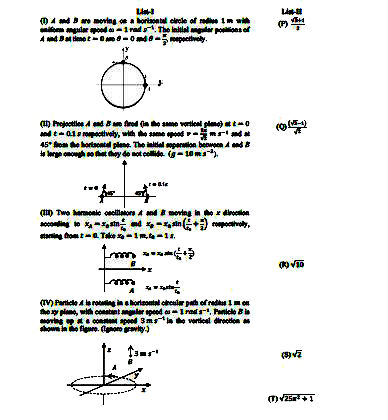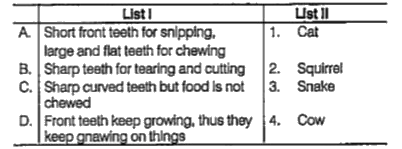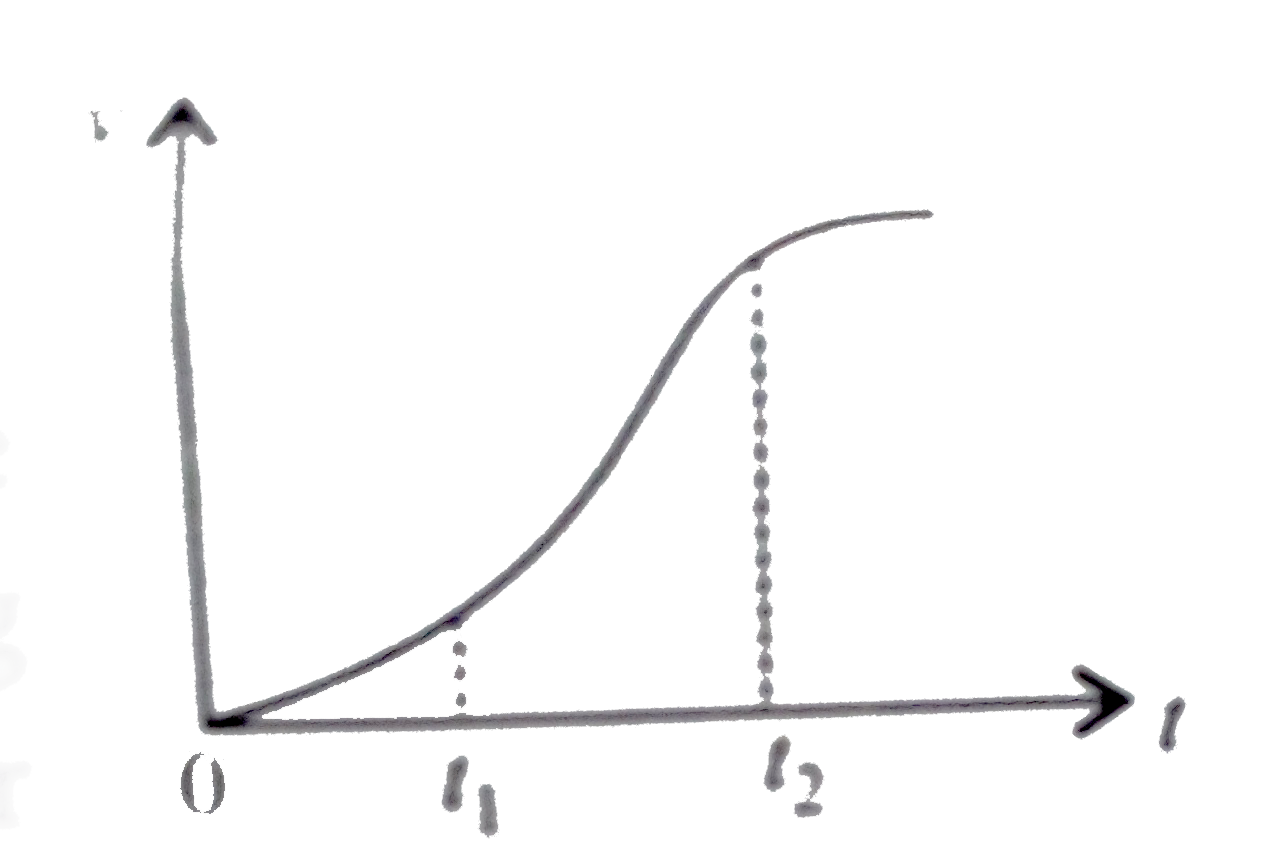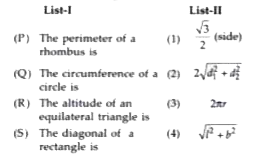List I describes four systems, each with two particles A and B in relative motion as shown in figures. List II gives possible magnitudes of their relative velocities ( inms−1 ) at time t=π3 S.

which one of the following options is correct ?
I→R,II→P,III→Q,IV→S
I→S,II→P,III→Q,IV→R
I→S,II→T,III→P,IV→S
I→T,II→P,III→R,IV→S
Step by step video & image solution for List I describes four systems, each with two particles A and B in relative motion as shown in figures. List II gives possible magnitudes of their relative velocities ( in ms^(-1) ) at time t = (pi )/(3) S. which one of the following options is correct ? by Physics experts to help you in doubts & scoring excellent marks in Class 12 exams.
Updated on:21/07/2023Topper's Solved these Questions
- JEE ADVANCED 2022BOOK - JEE ADVANCED PREVIOUS YEARCHAPTER - JEE ADVANCED 2022EXERCISE - PHYSICS (SECTION-2)
6 Videos
- JEE ADVANCED 2021BOOK - JEE ADVANCED PREVIOUS YEARCHAPTER - JEE ADVANCED 2021EXERCISE - QUESTION
38 Videos
- MOCK TEST 2022 BOOK - JEE ADVANCED PREVIOUS YEARCHAPTER - MOCK TEST 2022 EXERCISE - QUESTIONS
18 Videos
Similar Questions
The velocity - time graph of a particle moving along X- axis is shown in the figure below. Match the entries of List with entries of List II V С В, D A t E
View SolutionShown in the figure are the velocity time graphs of the two particles P1andP2 . Which of the following statements about their relative motion is true ? Theire relative velocity

View Solution
Knowledge Check
Two particles P and Q are projected simultaneously away from each other from a point A as shown in figure. The velocity of P relative to Q in ms−1 at the instant when the motion of P is horizontal is
 A10√4−√3B20√4−√3C10√4+√3D20√4+√3
A10√4−√3B20√4−√3C10√4+√3D20√4+√3There are two lists given below. List I has characteristics of teeth of different animals and List II has name of animals.

Which one of the following options matched List I to List II correctly ?AA-4, B-1, C-3, D-2BA-2, B-3, C-4, D-1CA-1, B-3, C-4, D-2DA-3, B-1, C-4, D- 2A circular disc of radius R is rotating about its axis O with a uniform angular velocity ωrad s−1 as shown in the figure. The magnitude of the relative velocity of point A relative to point B on the disc is
 AzeroBRωsin(θ2)C2Rωsin(θ2)D√3Rωsin(θ2)
AzeroBRωsin(θ2)C2Rωsin(θ2)D√3Rωsin(θ2)
There are two lists given below. List I has food component and List II has source of food component.

Which one of the following options matched list I to list II correctly ?
View SolutionShown in the figure are the velocity time graphs of the two particles P1andP2 . Which of the following statements about their relative motion is true ? Theire relative velocity

View SolutionThe velocity-time graph of a particle in one-dimensional motion is shown in the figure. Which of the following formulae is correct for describing the motion of the particle over the time interval t1 to t2?

View SolutionIn this section, each question has two matching lists. Choices for the correct combination of elements from List-I and List-II are given as options (a), (b), (c ) and (d) out of which one is correct.
Match the following lists:

View SolutionIn this section, each question has two matching lists. Choices for the correct combination of elements from List-I and List-II are given as options (a), (b), (c ) and (d) out of which one is correct.
Match the following lists:

View Solution
